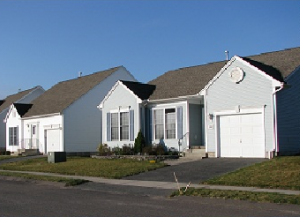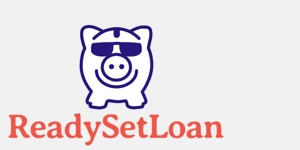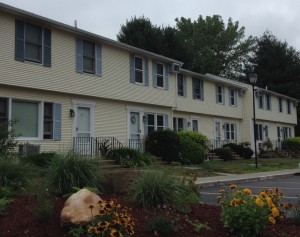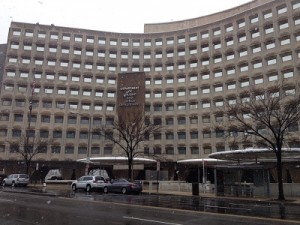 It appears that the “cloud” concept has spread wider than in the area of computing. A newer type of condominium community, called a cloud condominium, has been popping up and is already approved in certain large cities such as Denver, Orlando and San Diego.
It appears that the “cloud” concept has spread wider than in the area of computing. A newer type of condominium community, called a cloud condominium, has been popping up and is already approved in certain large cities such as Denver, Orlando and San Diego.
A cloud condominium is a community under a declaration of condominium but there isn’t a Home Owner’s Association (HOA) because there are no common elements in the project. The community is governed by CC&Rs (covenants, conditions and restrictions) but does not maintain an HOA to enforce them.
The unit boundaries contain the interior and exterior of the unit and the adjacent land (front, back and side yards as applicable). The boundaries also contain the air space above the unit to about 50 feet and the footprint of the unit. The units can be attached (like townhomes) or free standing like “site condos”. The units are generally smaller than a standard single-family home which is seen as decreasing the maintenance for the unit owner.
The primary purpose of these communities is to circumvent local zoning restrictions on lot size (as is the case typically with condominiums and planned communities) but without having the political structure of the HOA.
The major downside to not having an HOA is that there is no governing body within the community to enforce the CC&Rs. This means that if a unit owner is in violation of the rules or by-laws, a unit owner (or a group of unit owners) would have to take the matter to civil court to resolve it.
Because these projects do not have an HOA to enforce the CC&Rs, FHA has decided not to approve these condominium projects and, so far, it has made the decision to not lend in these projects either. If the project consists of attached units, it is not approvable. If the project qualifies as a “site condo”, it would not need project approval, but FHA has decided not to provide financing for these units.
Because this concept is still relatively new, we would expect that FHA would revisit this decision if the need becomes large enough or if there is more pressure from national organizations.







 If you know anything about FHA condominium project approvals, you know that it requires that associations annually contribute
If you know anything about FHA condominium project approvals, you know that it requires that associations annually contribute  On Friday, December 9, 2015, HUD released
On Friday, December 9, 2015, HUD released  The FHA loan program is a balancing act to remain competitive in the market, mitigate risk to its insurance fund and fill the niche role for which it was designed. FHA loans have changed a great deal even since I began my career as a loan officer in 2001. This is not your father’s FHA loan!
The FHA loan program is a balancing act to remain competitive in the market, mitigate risk to its insurance fund and fill the niche role for which it was designed. FHA loans have changed a great deal even since I began my career as a loan officer in 2001. This is not your father’s FHA loan!
 Yesterday, August 26, 2014, HUD modified its procedure for interest charges when an FHA loan is paid off. As of January 21, 2015, lenders will only be allowed to collect interest from a borrower up until and including the date on which the loan balance is paid in full.
Yesterday, August 26, 2014, HUD modified its procedure for interest charges when an FHA loan is paid off. As of January 21, 2015, lenders will only be allowed to collect interest from a borrower up until and including the date on which the loan balance is paid in full. As FHA/VA Condominium Project Consultants, we do not typically get involved with the “loan level” side of things. Our primary objective is to assist condominium projects to get on FHA’s and the VA’s Approved Condominiums List.
As FHA/VA Condominium Project Consultants, we do not typically get involved with the “loan level” side of things. Our primary objective is to assist condominium projects to get on FHA’s and the VA’s Approved Condominiums List. The Federal Housing Administration, or FHA, is a mortgage loan insurance provider. FHA is housed with The Department of Housing and Urban Development, or HUD. It has a set of guidelines for housing loans and if a borrower meets these guidelines, FHA will insure the loan to protect the lender against losses. FHA is not a loan provider and does not lend money for home purchases.
The Federal Housing Administration, or FHA, is a mortgage loan insurance provider. FHA is housed with The Department of Housing and Urban Development, or HUD. It has a set of guidelines for housing loans and if a borrower meets these guidelines, FHA will insure the loan to protect the lender against losses. FHA is not a loan provider and does not lend money for home purchases.